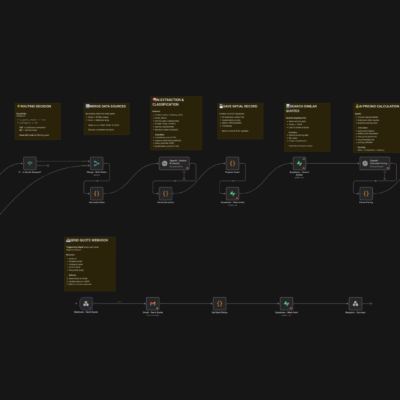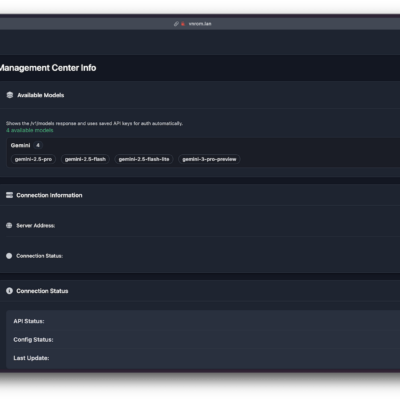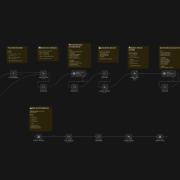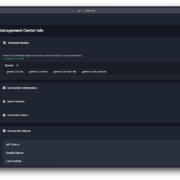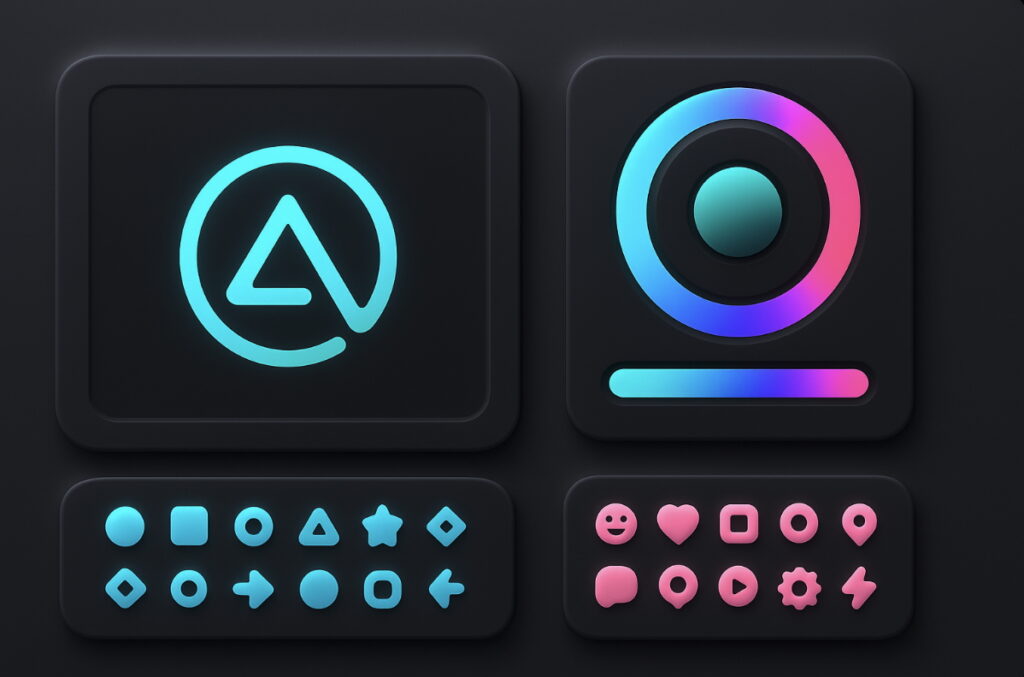
In the digital world, where first impressions are often made through screens, your emails speak before you do. Whether you’re pitching an idea, responding to a client, or managing a team, every word shapes how others perceive your intelligence, professionalism, and intent. That’s where Artificial Intelligence (AI) becomes your silent partner in communication—polishing your words and helping you sound smarter, more thoughtful, and more effective.
Let’s explore how AI elevates your emails—and why embracing it could be one of your smartest moves yet.
The Smart Layer Behind Every Email
AI has moved far beyond simple spell-check. Today’s advanced tools are powered by natural language processing (NLP) and machine learning algorithms, enabling them to understand context, intent, tone, and even emotional undercurrents in text. Similarly, AI logo generators leverage these technologies to interpret branding cues and create visuals that align with your brand’s personality and message.
This means AI can help with:
- Grammar and punctuation corrections
- Sentence restructuring for clarity
- Adapting tone (e.g., professional, friendly, assertive)
- Summarizing or expanding content
- Suggesting alternative phrases for impact or diplomacy
- Translating into other languages while preserving meaning
And the best part? These features work seamlessly in the background, whether through email clients, browser extensions, or AI writing assistants.
Why AI Makes You Look Smarter (Even If You’re Already Brilliant)
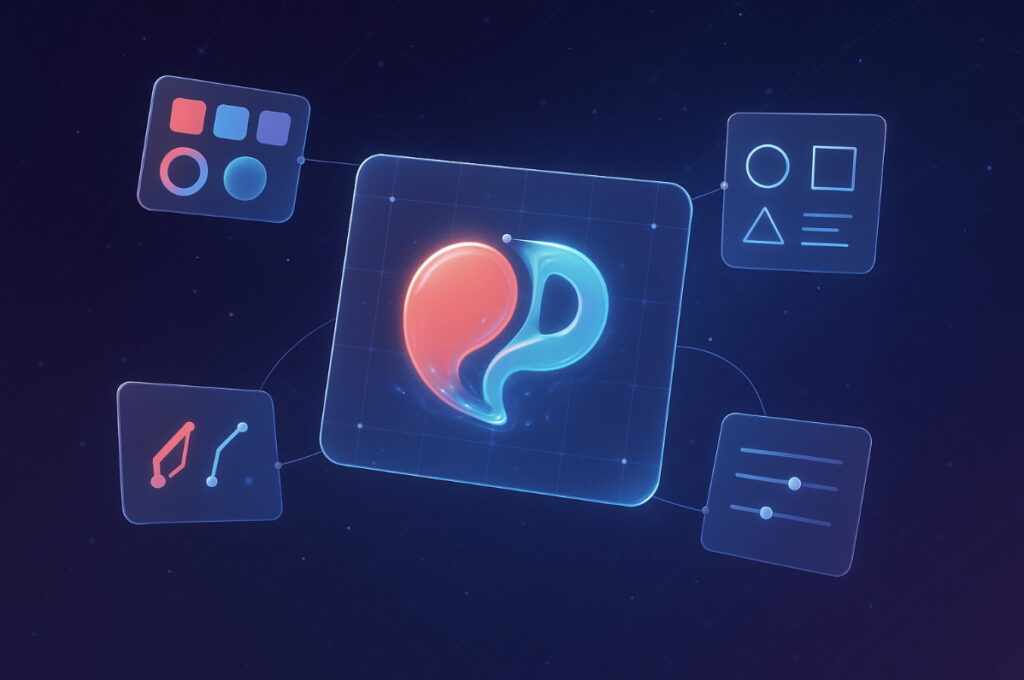
1. It Eliminates the “Oops” Moments
We’ve all hit “send” too fast. Typos, missing words, or unclear sentences can make you appear careless. AI acts as a second set of eyes, catching:
- Homophones like “their” vs. “there”
- Clunky phrasing that muddles meaning
- Repetitive words that weaken your writing
Mini-case: A startup founder used an AI-enhanced email assistant before pitching to investors. It not only cleaned up grammar but replaced jargon-heavy phrases with concise language—resulting in higher response rates.
2. It Adapts Your Tone to Fit the Audience
Writing to a CEO? Or your colleague in marketing? AI can fine-tune your message tone automatically. For example:
| Intent | Original Text | AI-Enhanced Version |
|---|---|---|
| Apology | “Sorry I messed up” | “I apologize for the oversight” |
| Encouragement | “You did good” | “Great job—your effort really showed!” |
| Formality | “Got your message, will reply soon” | “Thank you for your message—I’ll respond shortly.” |
Tone adaptation helps avoid sounding too informal, cold, or robotic—something that even seasoned professionals can struggle with.
3. It Makes Complex Ideas Easier to Understand
AI helps you simplify without dumbing down. When you’re trying to explain technical concepts to a non-technical audience—or vice versa—AI can:
- Break long sentences into digestible chunks
- Replace jargon with plain language
- Provide analogies or metaphors
Example: “Our algorithm uses recursive convolution to optimize signal noise.”
AI-simplified: “We use a layered approach to clean up noisy signals and improve clarity.”
Your Secret Weapon for Persuasion and Clarity
Good emails don’t just inform—they persuade. AI can help structure your message to guide readers to action:
Persuasive Structuring
Most persuasive emails follow a problem–solution–call to action format. AI can help organize your content automatically, especially when you’re drafting something quickly and need clarity fast.
Original draft:
We have some downtime. We could look at options to speed things up. Let me know.
AI rewrite:
We’ve experienced some downtime this week. To address this, I suggest exploring faster server options. Would you be open to discussing this further?
CTAs That Actually Work
AI tools often suggest stronger calls to action (CTAs). For example:
- Weak: “Let me know what you think.”
- Strong: “Would you be available for a quick 10-minute call this Friday to discuss your thoughts?”
The difference? Specificity, intent, and forward motion.
Real-World Applications: AI in Everyday Email Scenarios
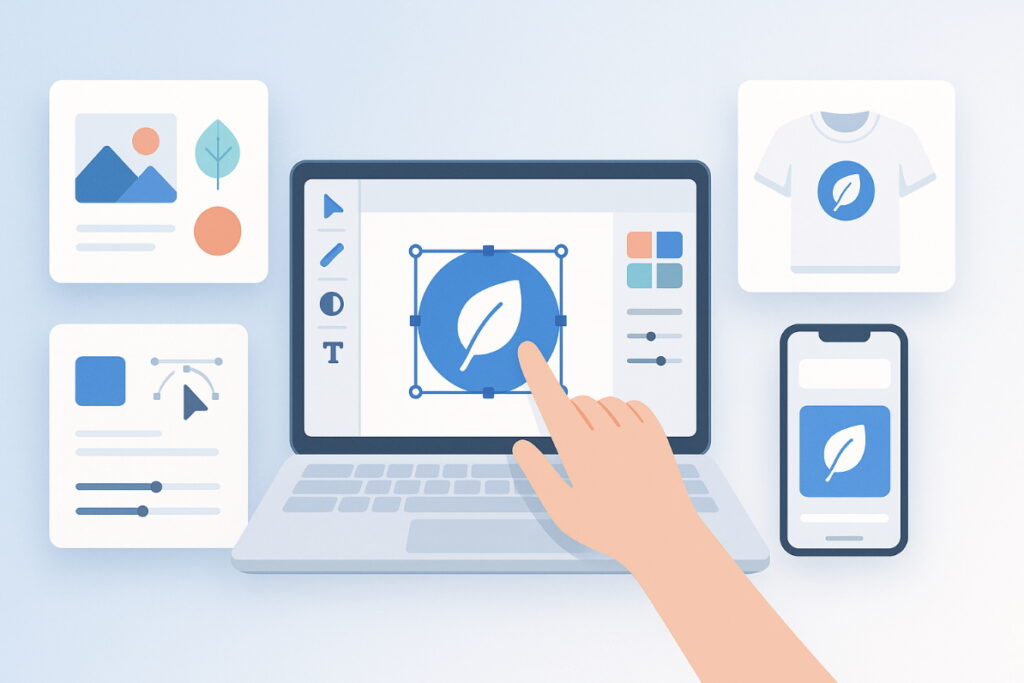
Here are a few common email types—and how AI makes each better:
| Email Type | How AI Helps |
|---|---|
| Client Follow-Up | Enhances politeness, removes passive voice |
| Meeting Summaries | Condenses long text into clear bullet points |
| Performance Reviews | Adjusts tone for sensitivity and fairness |
| Feedback Requests | Frames suggestions constructively |
| Cold Outreach | Polishes tone, optimizes subject line, adds persuasive CTAs |
From Inbox to Impact: Getting Started with AI Email Tools
You don’t need to be a tech wizard to leverage AI in your email workflow. Many tools are easy to use and integrate seamlessly into platforms like Gmail, Outlook, and Slack.
What to Look for in an AI Email Assistant
- Real-time suggestions as you type
- Tone detector (friendly, assertive, etc.)
- Context-aware rewriting
- Templates and prompts for different scenarios
- Multilingual support if you communicate globally
You might also try browser-based tools that use generative AI, where you input the desired tone and purpose—and the tool generates a draft from scratch.
Ethical Emailing with AI
A quick note: AI should support, not replace, your authentic voice. Over-relying on it can make your messages sound generic or insincere. Here are a few tips for ethical use:
- Always review and edit the final version
- Avoid faking empathy or overpromising
- Don’t use AI to impersonate someone else
- Respect confidentiality and sensitive topics
Think of AI as your editorial sidekick—not a ghostwriter.
Final Thoughts: A Smarter You, One Email at a Time
In a world where attention spans are short and inboxes are overflowing, AI helps you stand out—not by making you someone else, but by bringing out the best in how you write. It makes your ideas shine, your tone land just right, and your message drive results.
Whether you’re a startup founder, a product designer, or just someone who wants to send clearer emails, using AI isn’t just smart—it makes you look smart too.


